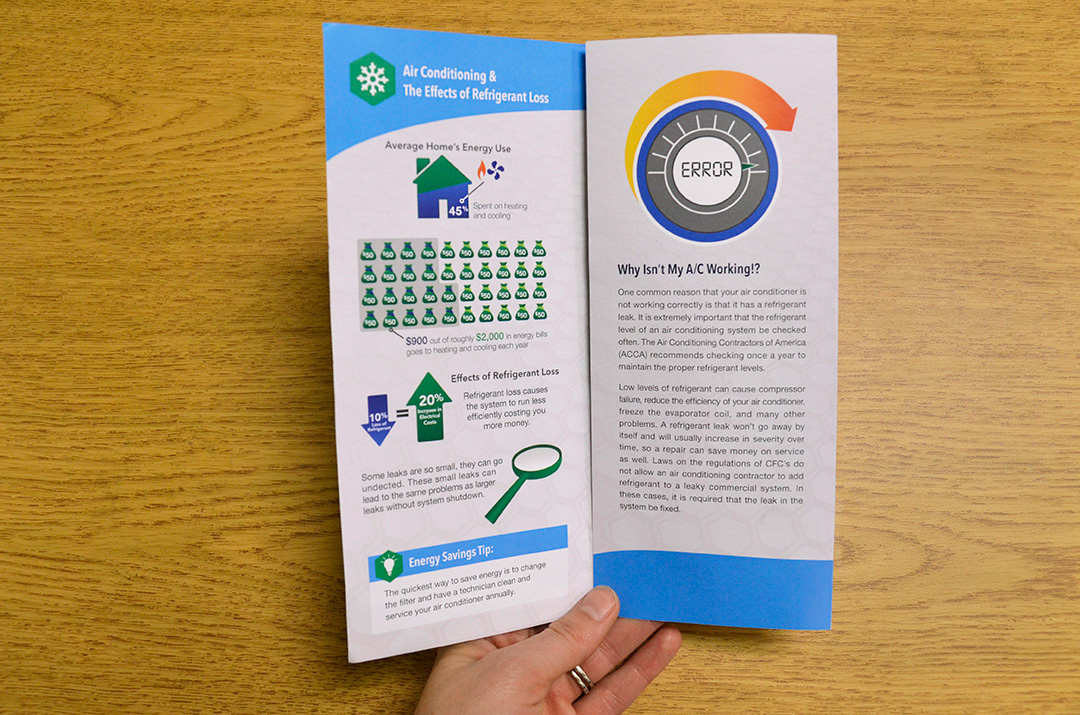The Future Of Home Home Heating - Exactly How Heat Pump Innovation Is Evolving
The Future Of Home Home Heating - Exactly How Heat Pump Innovation Is Evolving
Blog Article
Writer-Baker Stack
Heat pumps will be a vital technology for decarbonising heating. In a situation consistent with governments' revealed power and environment commitments, their international capability increases by 2030, while their share in home heating rises to one-quarter.
They work best in well-insulated homes and depend on electricity, which can be supplied from an eco-friendly power grid. Technical developments are making them much more effective, smarter and more affordable.
Gas Cells
Heatpump utilize a compressor, refrigerant, coils and fans to move the air and heat in homes and appliances. They can be powered by solar energy or electrical power from the grid. They have been obtaining appeal as a result of their affordable, silent operation and the ability to generate electricity throughout peak power demand.
Some firms, like IdaTech and BG MicroGen, are servicing fuel cells for home heating. These microgenerators can change a gas central heating boiler and create some of a home's electric demands with a link to the electricity grid for the rest.
Yet there are factors to be skeptical of using hydrogen for home heating, Rosenow claims. It would certainly be pricey and inefficient contrasted to other innovations, and it would certainly include in carbon discharges.
Smart and Connected Technologies
Smart home technology allows property owners to attach and regulate their gadgets remotely with using smartphone applications. For instance, smart thermostats can learn your home heating preferences and automatically get used to optimize energy consumption. Smart lights systems can be controlled with voice commands and immediately shut off lights when you leave the area, minimizing power waste. And wise plugs can monitor and handle your electric usage, permitting you to determine and limit energy-hungry appliances.
The tech-savvy house portrayed in Carina's meeting is an excellent image of just how residents reconfigure room heating practices in the light of new wise home innovations. They rely on the gadgets' automatic functions to carry out everyday adjustments and regard them as a convenient methods of performing their heating methods. Thus, they see no factor to adjust their techniques better in order to enable flexibility in their home energy demand, and treatments focusing on doing so might deal with resistance from these households.
Power
Because warming homes make up 13% of US emissions, a button to cleaner options could make a big distinction. Yet the innovation encounters difficulties: It's costly and requires extensive home improvements. And just click the next post 's not constantly suitable with renewable energy resources, such as solar and wind.
Up until recently, electrical heat pumps were also expensive to compete with gas models in a lot of markets. But brand-new technologies in layout and materials are making them more budget friendly. And much better chilly climate efficiency is allowing them to operate well even in subzero temperature levels.
The next step in decarbonising home heating might be making use of warm networks, which draw heat from a main resource, such as a close-by river or sea inlet, and disperse it to a network of homes or buildings. That would certainly decrease carbon exhausts and permit families to capitalize on renewable resource, such as environment-friendly electrical power from a grid provided by renewables. This option would be less costly than changing to hydrogen, a fossil fuel that calls for new infrastructure and would just minimize carbon dioxide discharges by 5 percent if paired with enhanced home insulation.
Renewable Energy
As electrical energy prices go down, we're beginning to see the exact same trend in home heating that has actually driven electrical vehicles into the mainstream-- however at an even quicker pace. The strong climate case for electrifying homes has actually been pushed additionally by new research.
Renewables make up a substantial share of modern warm consumption, however have been given minimal plan interest internationally contrasted to other end-use fields-- and even less attention than electrical energy has. In part, this reflects a mix of customer inertia, split motivations and, in several nations, subsidies for nonrenewable fuel sources.
New technologies could make the change simpler. For example, heat pumps can be made much more power effective by changing old R-22 refrigerants with brand-new ones that do not have the high GWPs of their precursors. Some experts also picture area systems that draw heat from a close-by river or sea inlet, like a Norwegian arm. The cozy water can then be used for heating and cooling in an area.